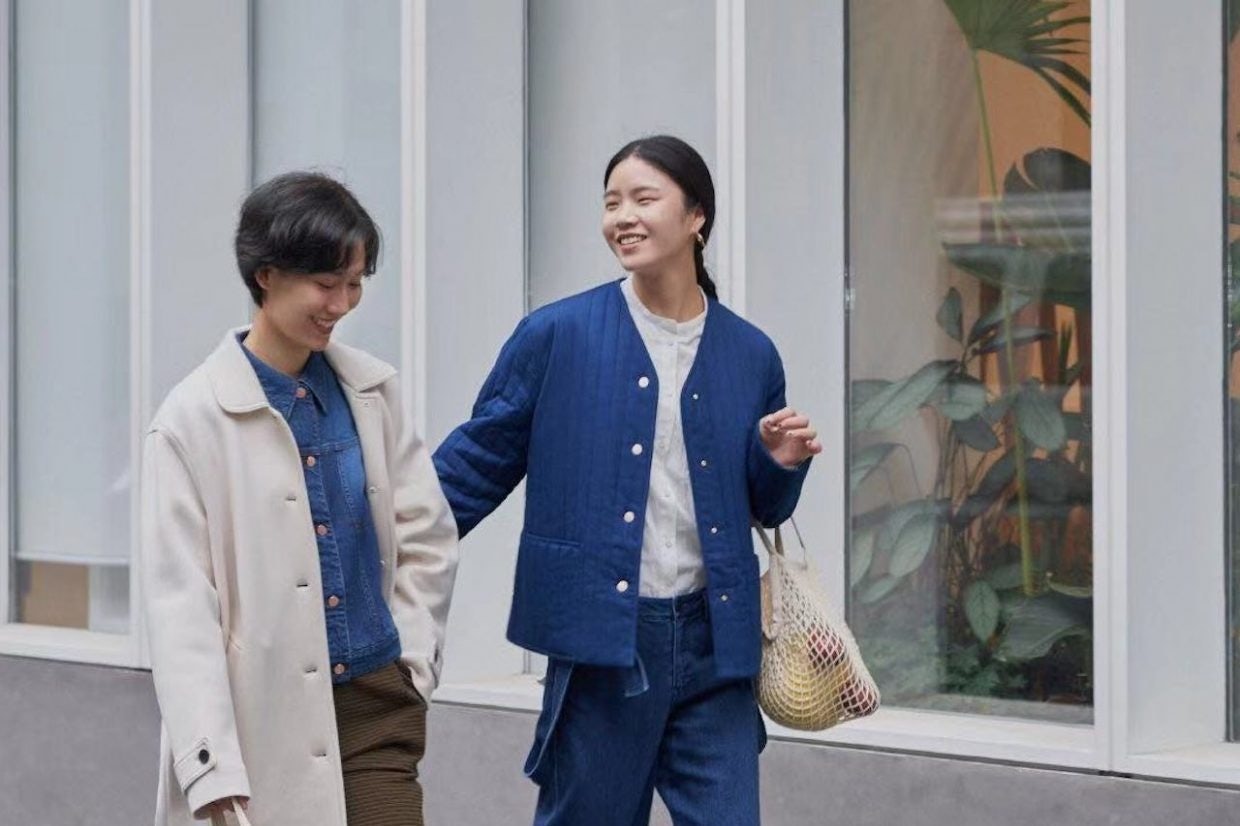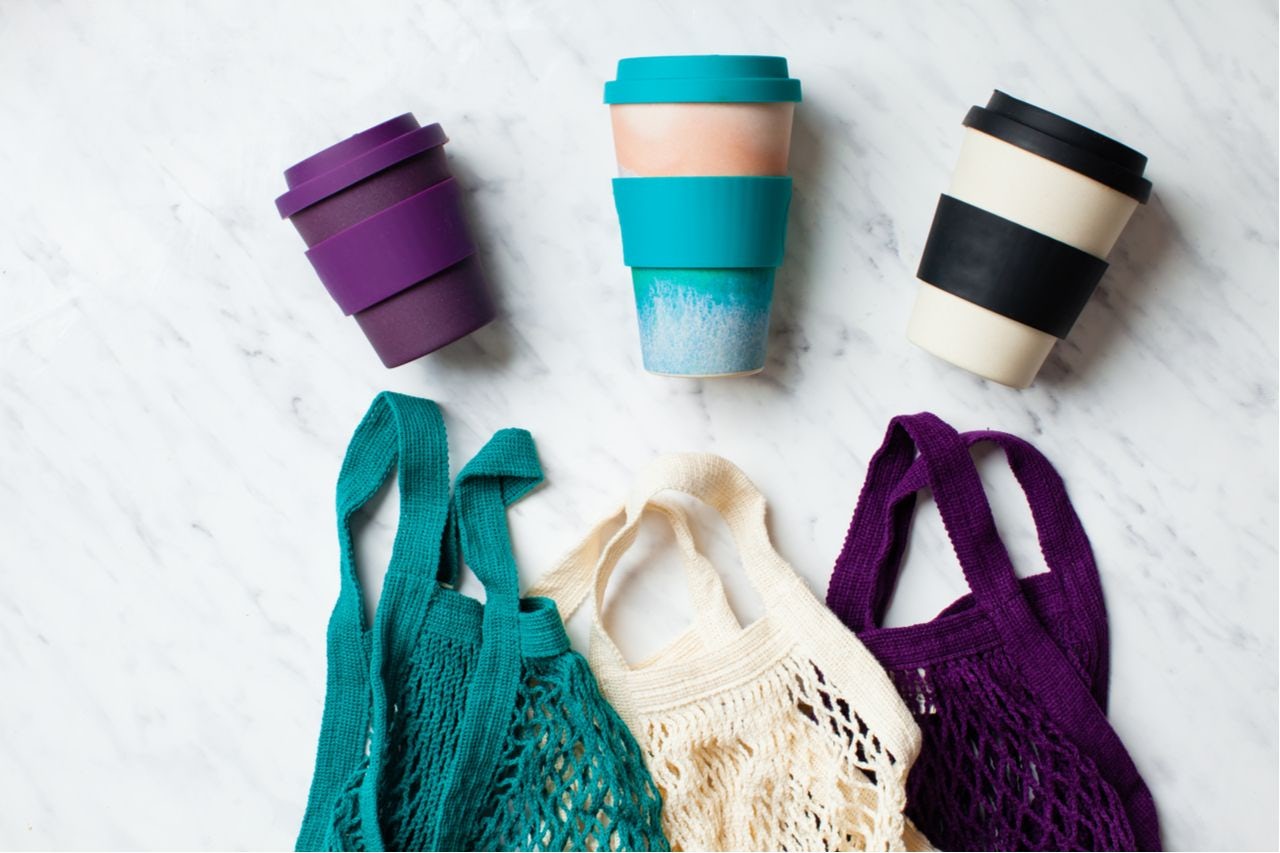“There is no luxury without China, there is no sustainability without China,” said François Pinault, Chairman and CEO of Kering, at the K Generation Talk & Award Ceremony in Shanghai recently. He was emphasizing how important China is strategically for luxury’s future both in terms of sales and sustainability. China has been the biggest supplier of raw materials for the fashion industry for decades, and raw material accounts for 70 percent of the total fashion industry’s carbon footprint. The country is held responsible for eliminating carbon emissions in these areas. After speaking to a group of experts in the eco-fashion industry, we found that these changes are slowly taking place in all of China’s sectors through its consumers, brands, and government.
Consumers: Sustainable Lifestyle Before Sustainable Fashion#
One of the biggest differences between the sustainability movement in China and the West comes down to self-interest versus altruism. In the West, sustainability is associated with the greater good, such as using recycled materials to save the forests. But in China, the idea of buying green fashion is more of a trophy choice, it has yet to become a factor in their daily shopping decisions among mainstream consumers. They are practical shoppers who are much more concerned with safe or natural “organic” materials than how carbon emissions are accelerating global warming.
For example, a Chinese mom might purchase organic food for her babies and plant-dyed, organic cotton clothes for her family as safety precautions. But does that mean she’ll go on to become an eco-fashion lifestyle devotee? Brands are certainly making them so. “Many eco-fashion brands choose to address a healthy lifestyle instead of the garment material,” says Vincent Djen, director of Cheng Kung Garments and Chief Strategy Officer of the fashion circular solution company REmakeHub. “Over the years, the rise of Muji-like brands represent the idea of eco-fashion brands for Chinese consumers.” Muji’s minimalist style, quality branding, and versatile categories — from clothing to furniture, kitchenware, and skincare — are big attractions to those who prefer to go “all-natural.” Similar homegrown brands include The Green Party and OCE, both brands advocate green and natural qualities and have struck a chord with consumers that are starting to adapt to this lifestyle.
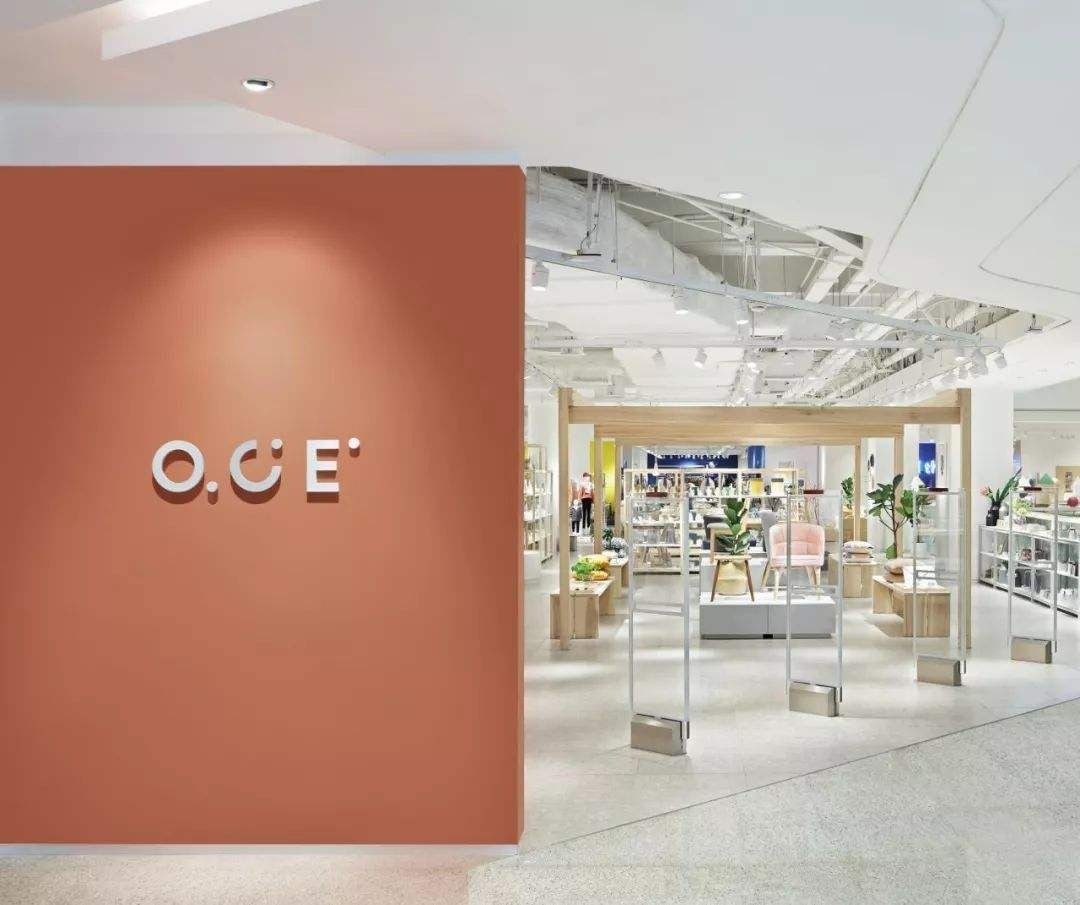
But then again, a sustainable lifestyle isn’t a completely foreign concept in China. Versions of it were rooted in ancient Chinese culture during its five-thousand-year history. The founder of Pinwu Design Studio, Zhang Lei, an advocator for Chinese designs, stated at Prada’s recent sustainability panel that early Chinese society was built upon a sustainable agricultural economy. In ancient China, families lived micro-recycling lifestyles in all parts of their daily lives — from acquiring water to harvesting plants and making clothing — by naturally following “no-waste” principles. This philosophy has also influenced how Chinese designers approach their sustainable designs today.
Brands: The Rise of Sustainable Chinese Labels#
Many Chinese fashion brands, from emerging designers to established companies, are leading China’s environmental movement. For example, the high-end, homegrown luxury brand Icicle has been an environmentally conscious label since 1997. Meanwhile, Reclothing Bank, a designer brand that focuses on upcycling old clothes and fabrics, has collaborated with Nike to upcycle sports jerseys, and Hong Kong's ffiXXed studios had won Yoox.com’s Asian sustainable fashion award with its very wearable, stylish items made with eco-material.
But the poster child for Chinese sustainable fashion brands has to be kleeklee, a “green” label, sub-brand of fashion group Zuc Zug, which has over 100 stores in China and reported annual revenue of around 1.3 million (8 million RMB) per store in 2017. Established in 2010, kleeklee has built a cult-like following thanks to its organically dyed ‘let’s blue’ jeans collection. Even though the brand has been careful to grow slowly, demand is high, and their clothes can be found in the hippest shopping centers in Beijing and Shanghai.
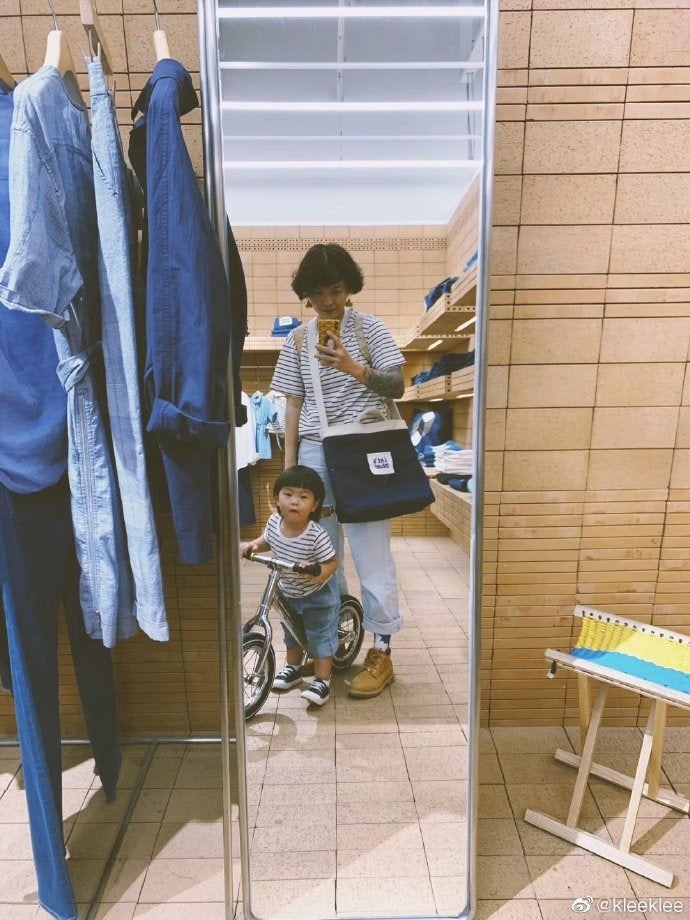
What is driving this craze? “It all comes down to storytelling,” says Luke Zheng, an English teacher in his late twenties in Beijing who’s a fan of the brand. He likes that he can show off his knowledge of the materials and stories behind the price tag to his friends. Kleeklee also invites fans like Zheng to walk the runway show and attend different kinds of eco-fashion workshops. Nancy Lu, a PR professional in her thirties, said she became a kleeklee devotee after purchasing their jeans. According to her, their jeans are the most comfortable she’s worn, and now, she said she’s planning a trip to Guizhou to trace the origin of indigo dye in China, so she can experience dying her clothes first-hand.
For Chinese millennials, sustainable design isn’t only a fashion statement, it’s a deeply ingrained lifestyle — even a sought-after experience. This is why young Chinese consumers are calling for more Chinese labels to step up and lead the global sustainable fashion movement.
Government: A Top-Down Approach#
Elsewhere, critics like Simon Collins, founder of WeDesign and the ex-dean of the Fashion School at Parson’s New School for Design, believes that “your average consumers don’t really care about sustainability. A corporate solution is the approach because it will force consumers to make changes.”
One of the most drastic changes implemented by China’s government this year is the new waste sorting law in Shanghai, the fashion capital of China. The regulation requires people to sort trash into four categories, and individuals who fail to do so may be fined up to 29.10 (200 yuan) while companies and institutions could face fines of up to 7132 (50,000 yuan). Even though this is not directly fashion-related, industry insiders believe that it will be a wake-up call for consumers and will challenge them to think twice before making their purchases and make sure they are easy to recycle.
While Western economies are more reliant on the private sector for environmental change, in China, this responsibility falls primarily on the government and their top-to-bottom policies. Collins echoed this sentiment and is hopeful that China can lead the global sustainability movement. “There is energy, hunger for change, and openness to create trends on the ground in China,” he said.
For example, many government-backed associations are trying to implement and systematize industry policies to make them more sustainable. One of the key players is the China National Textile and Apparel Council, which aims to achieve global implementation of safer chemical management practices. However, Shaway Yeh, a special advisor to the Copenhagen Fashion Summit and founder of YehYehYeh, a creative consulting agency focusing on sustainability, creativity, and innovation, was skeptical, wondering “how close the Chinese sustainability standard is to the global standard?”
To answer this question, large Chinese fashion corporations like Ruyi (which owns well-known brands like SMCP, Bally and Aquascutum) have joined forces on the global stage. Ruyi is among the few Chinese fashion groups to sign the recent Fashion Pact: an industry-wide environmental pledge aimed at aligning the fashion industry with the UN Sustainable Development Goals and put forward by Kering.
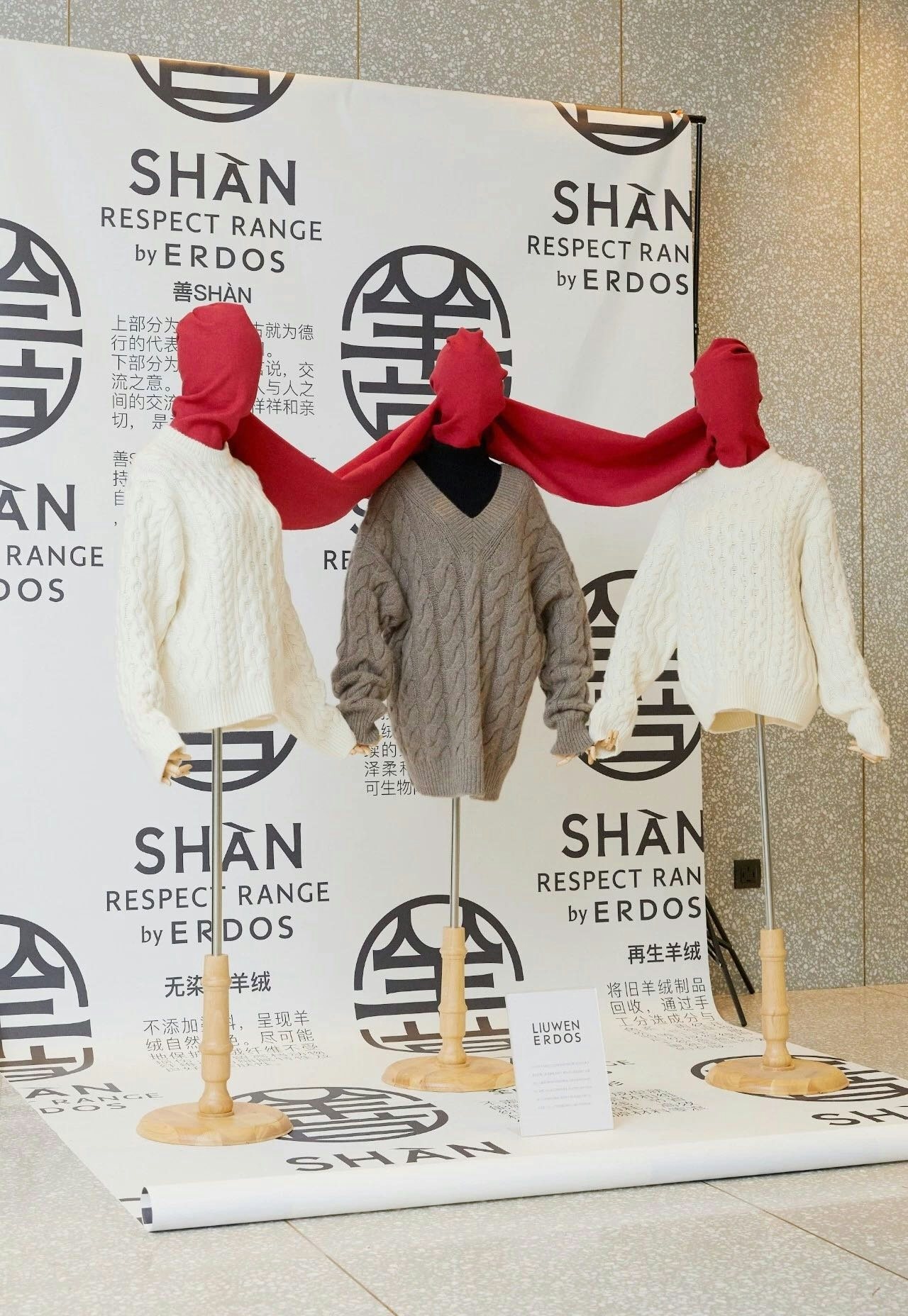
Another brand closely working with the government to implement changes is the Chinese cashmere maker Erdos, who claims to be one of the first ‘green companies’ recognized by the government as part of the “green manufacture 2025” initiative. “This initiative asks to ‘greenify’ all production processes, including machine manufacturing, design, supply chain, and sales channels,” said Wang Zhen, the CEO of Erdos, at the recent Shun Future Forum, a sustainability conference hosted by Shaway Yeh.
Elsewhere, all companies listed on the Hong Kong stock exchange are now expected to fulfill ESG requirements (environmental, social, and governance criteria): a set of standards for company operations that socially conscious investors use to screen potential investments. This means all Chinese companies listed, such as Li-Ning, Anta, JNBY, and Bosideng are incentivized to become early adopters of eco-fashion.
As the country continues to oversee and enforce sustainable changes and consumers raise their eco-fashion consciousness, Chinese labels have complied and reacted to this demand. We have every reason to believe that China can step up to its environmental responsibilities, and if they can do it, perhaps the rest of the world will follow suit. As Kering’s Pinault recognized at the Shanghai conference: “Inside [China], we have the consumers, the producers in the middle, and the government, [all] willing to move progressively toward sustainability.”
